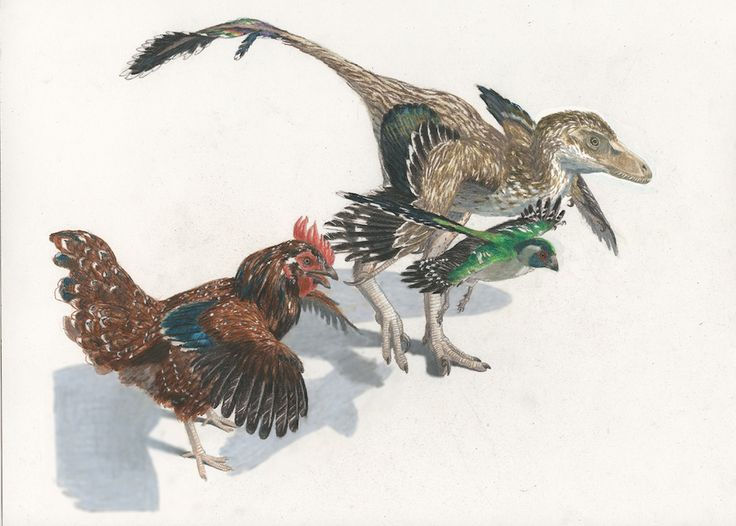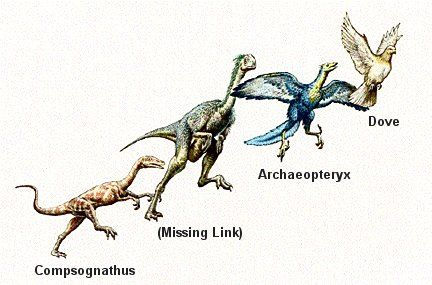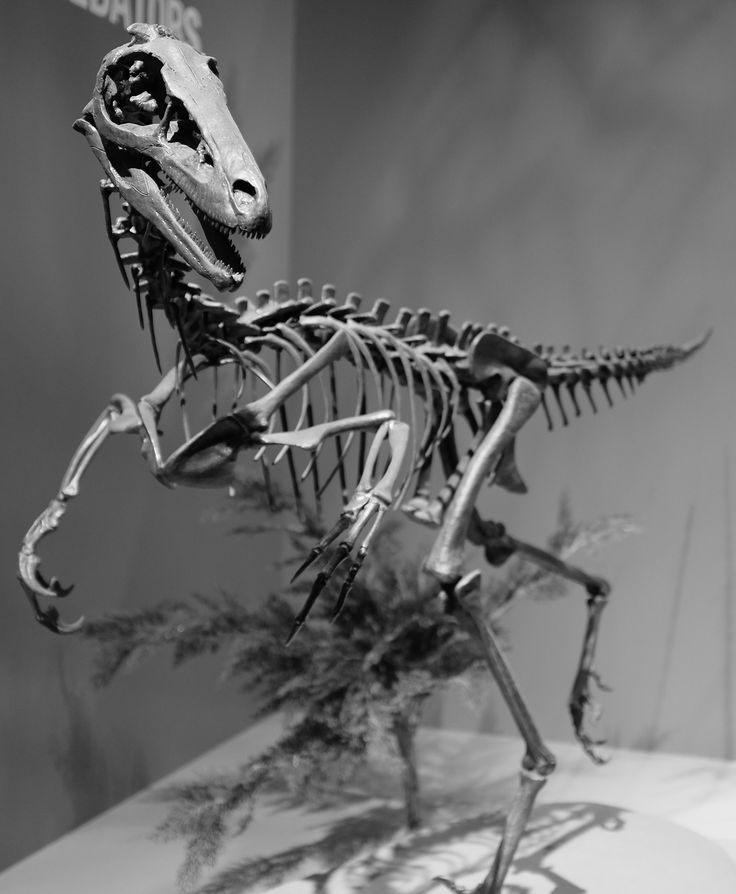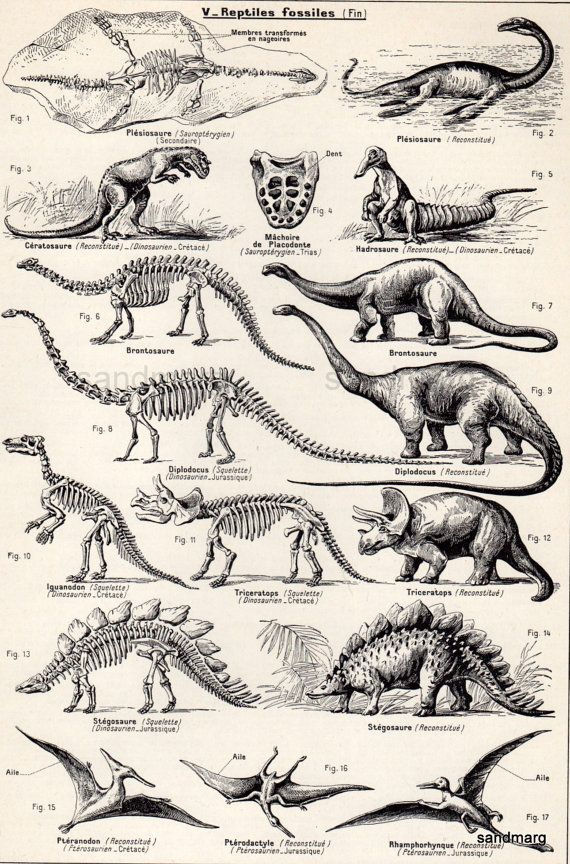From Dinosaurs to Chickadees: The Evolution of Birds
- Sharayu Salve
- Aug 18
- 3 min read
Updated: Sep 8
Imagine a T. rex looking up at the sky, unable to fly, while its tiny feathered cousins were testing out their wings. It sounds unbelievable, but it’s true: birds are living dinosaurs. Their story is one of survival, adaptation, and transformation—proof that even the mightiest of lineages can reinvent themselves.

🦕 Feathered Beginnings
Bird evolution begins in the Jurassic Period (~150 million years ago). Fossils like Archaeopteryx, often called the “first bird,” show us a fascinating mix:
Sharp teeth like a reptile
Long bony tail
Feathered wings
Feathers themselves didn’t originally evolve for flight. Scientists believe they first appeared in small theropod dinosaurs for:
Insulation (keeping body heat)
Display (bright colors to attract mates or intimidate rivals)
Camouflage (blending into forests or plains)
Only later did feathers get co-opted for gliding and true flight.

🪽 The Leap into the Skies
Early bird-like dinosaurs experimented with different wing shapes and flight styles. Some could glide from tree to tree, while others flapped clumsily. Over millions of years, wings and hollow bones became more efficient, allowing sustained powered flight.
Flight offered huge advantages:
Escaping predators
Reaching new food sources (insects, fruits, seeds)
Spreading to new habitats across Earth
By the Cretaceous Period, bird-like creatures had already spread widely, sharing skies with giant pterosaurs.

🌍 Surviving the Extinction
When the asteroid struck 66 million years ago, most dinosaurs perished—but some small, feathered species survived. Why?
They were small and adaptable
They ate varied diets (seeds, insects, plants)
They could take shelter in forests and burrows
Flying allowed them to travel to safer regions
This adaptability was key. While giants like Triceratops fell, tiny bird ancestors endured.

🎨 The Explosion of Diversity
After the extinction, birds truly took over the skies. With dinosaurs gone, they evolved into an incredible range of forms:
Songbirds with complex calls and colors
Birds of prey like eagles and hawks with razor-sharp talons
Water birds like penguins and ducks, adapted to swimming rather than flying
Flightless giants like ostriches and emus, proving wings aren’t everything
Today, there are over 11,000 bird species—one of the most diverse vertebrate groups on Earth.

🧠 The Hidden Intelligence of Birds
Evolution didn’t just shape their wings; it also gave birds remarkable intelligence. Some examples:
Crows and ravens use tools and can solve puzzles as well as primates.
Parrots can mimic human speech and understand concepts.
Pigeons can recognize themselves in mirrors—a sign of self-awareness.
Their brains may be small, but highly efficient, showing that survival isn’t just about size—it’s about smarts.
✨ Birds as Living Dinosaurs
When you watch a sparrow hop on your window ledge, you’re looking at a direct descendant of creatures that walked alongside T. rex. Every flap of a pigeon’s wings is a tiny echo of an ancient dinosaur heritage.
Dinosaurs didn’t disappear—they evolved into something new. Birds are their most successful legacy, proving that evolution is not the end of a story, but the beginning of many new ones.
🌟 Why Their Story Inspires Us
Birds remind us of two things:
Resilience – they survived one of the greatest mass extinctions in Earth’s history.
Transformation – they turned a lineage of earthbound predators into creatures that could soar.
Next time you see a crow perched on a streetlight or hear a robin’s song, remember: you’re witnessing a dinosaur’s voice carried through millions of years.
source -
Chiappe, L. M., & Witmer, L. M. (2002). Mesozoic Birds: Above the Heads of Dinosaurs. University of California Press.
National Geographic – Evolution of Birds: https://www.nationalgeographic.com/animals/article/birds-are-living-dinosaurs
Smithsonian Magazine – Archaeopteryx: https://www.smithsonianmag.com/science-nature/archaeopteryx-the-bird-that-rocked-the-world-38482664/
The Cornell Lab of Ornithology – Bird Diversity: https://www.birds.cornell.edu/home/




Comments